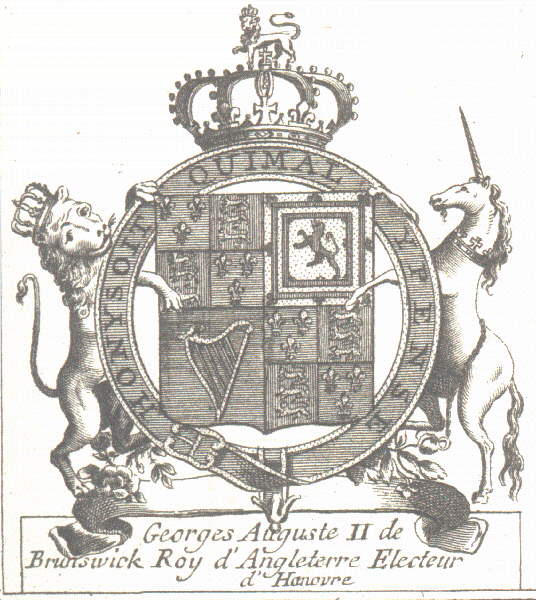Queen Elizabeth began the era of this unit, that starts in 1589. She was a protestant ruler, taking after her mother Anne Boleyn and her father Henry VIII. As the book states, "The extraordinary success of Elizabeth I had rested on her political shrewdness and flexibility, her careful management of finances, her wise selection of ministers, her clever manipulation of Parliament, and her sense of royal dignity and devotion to hard work." However, the reference to Parliament is not to suggest that she was a constitutional monarch. Elizabeth ruled absolutely, and her subjects loved her, primarily for her victory in the Spanish Armada. She was, as Henry VIII had begun, both the head of state and the head of the Anglican Church. Elizabeth was one of the last absolute rulers before England began to become constitutional.
Although Charles I, who came later, did attempt to rule without the consent of parliament, he had a very difficult time. After the Petition of Rights hurt his power in 1628, the Triennial Act passed in 1640 had a lasting impact on the English monarchy. As Charles' rule came to a close, the English Civil War began, marking the beginning of Parliament's rise to partial power in a constitutional monarchy.
Subscribe to:
Post Comments (Atom)

1 comment:
Hey - I changed the headline here for you - I do not want them to be labeled as just a question # - it won't make sense when you are looking at this to review for the AP test or for other info.
Post a Comment